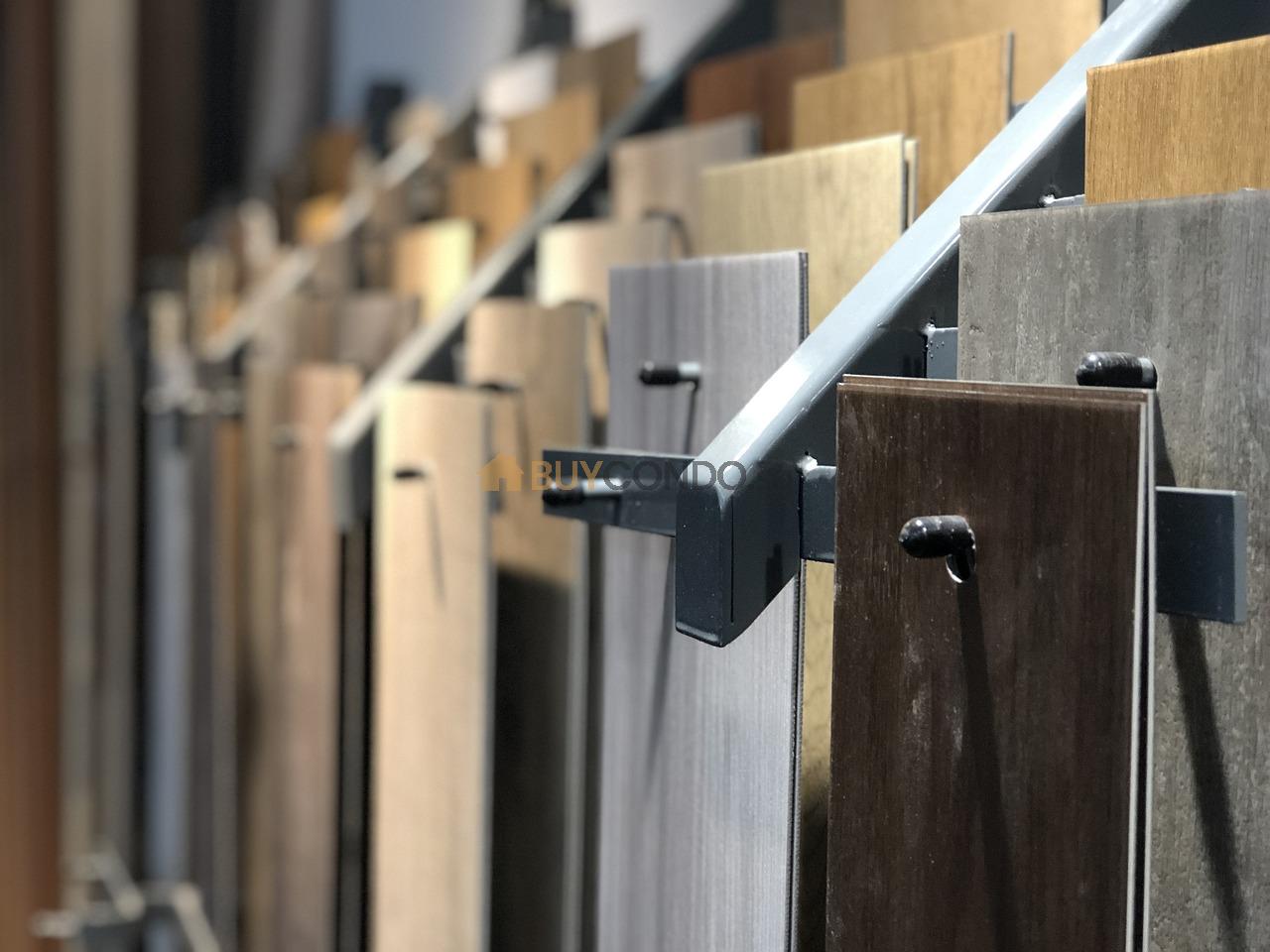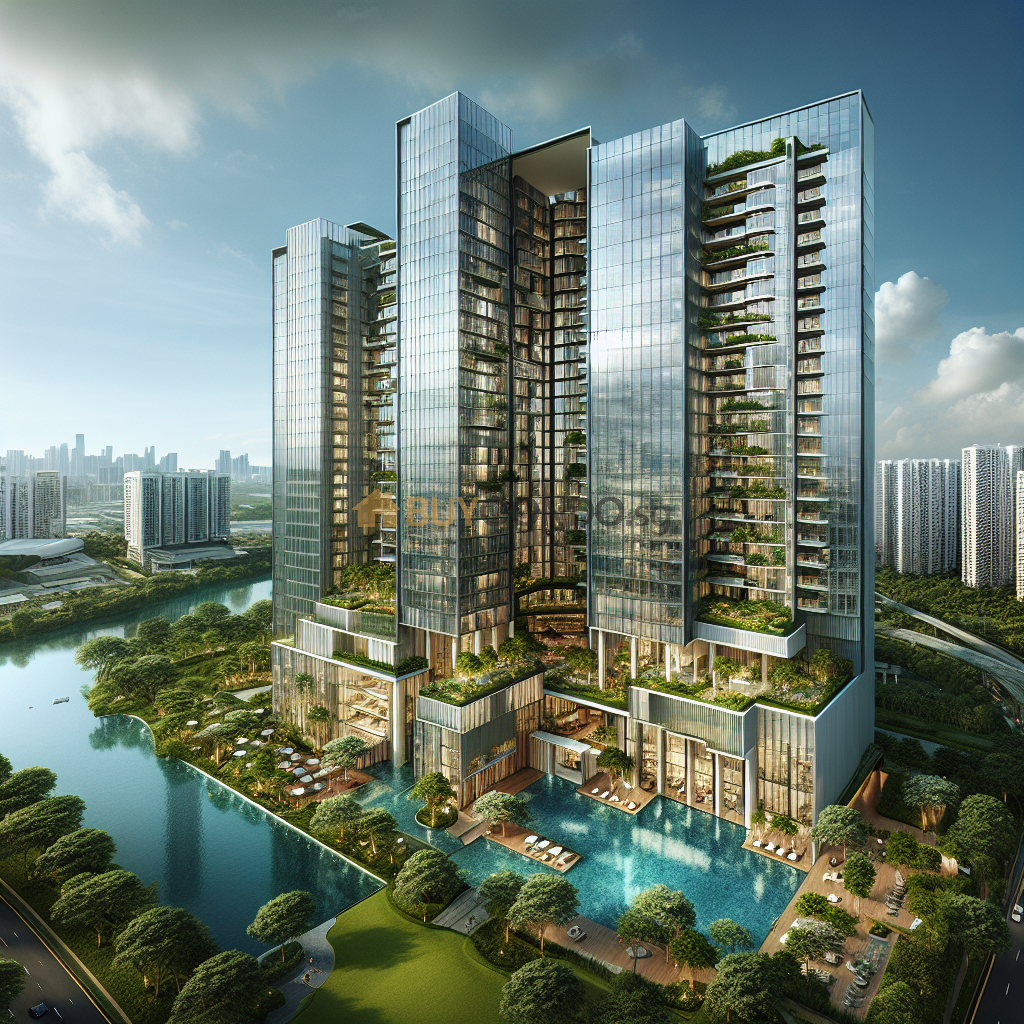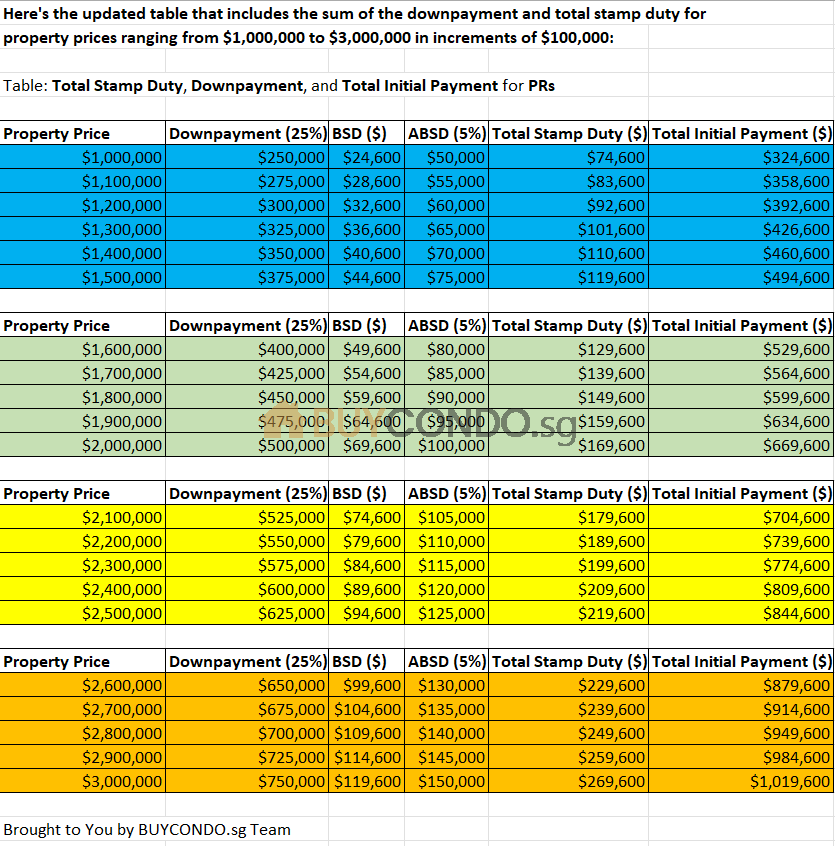Get Ready with Retirement Tips and Planning In Singapore
Get Ready with Retirement Tips and Planning In Singapore is managing personal finances is crucial for a comfortable and secure retirement. Budgeting, emergency savings, and investing are key aspects of personal finance. The Central Provident Fund (CPF) is a mandatory savings scheme that provides retirement benefits. Reducing expenses can also improve your financial situation. By following these tips and strategies, individuals can achieve financial success in Singapore.
Key Takeaways: Get Ready with Retirement Tips and Planning In Singapore
- Managing personal finances is crucial for a comfortable retirement in Singapore.
- Budgeting helps allocate funds effectively and avoid overspending.
- Emergency savings protect against unexpected expenses.
- Investing wisely can potentially increase retirement savings.
- The CPF scheme provides retirement benefits in Singapore.
TLDR: It is important to prepare for retirement, be aware of potential health risks, and take steps to ensure a fulfilling and financially secure old age.
👴 importance of staying active and taking care of your health in retirement.
💰 With one in every four Singaporeans being age 65 and above by 2030, taxes in Singapore may have to increase to balance the books.
🏖️ Semi-retirement may become the norm, with incentives for seniors to stay active in the workforce, challenging the traditional concept of full retirement.
😰 Retirement can actually be stressful, with negative consequences on mental health due to changes in routines, loss of work-related roles, and reduced income levels.
🧠 The data now shows that one in every 10 above the age of 60 has dementia, and above the age of 85, it’s one in every two.
🧠 Our mental capacity is definitely going to drop as we get older, and having loans and financial stuff to balance can be a big headache.
🏡 Annuity plans can provide dependable and hassle-free cash flow for retirement income, covering core expenses without the need to manage tenants or track stock prices.
Budgeting: A Key Aspect of Personal Finance in Singapore
When it comes to managing personal finances in Singapore, budgeting is a fundamental practice that can make a significant impact on one’s financial well-being. By creating a budget, individuals gain better control over their income and expenses, allowing them to allocate funds wisely and achieve their financial goals. In Singapore’s high-cost living environment, budgeting becomes even more crucial to ensure that individuals can maintain a comfortable lifestyle while saving for the future.
Creating a budget involves taking stock of one’s income sources and identifying all expenses, including fixed costs such as rent or mortgage payments, utilities, transportation, and groceries, as well as variable expenses like entertainment and dining out. By organizing these expenses and comparing them to their income, individuals can determine how much they can allocate towards savings and investments.
By adhering to a budget, individuals can avoid overspending and unnecessary debt, and have a clear understanding of how much they can set aside for short-term and long-term financial goals. A budget also provides insights into spending patterns, helping individuals identify areas where they can cut back and reduce expenses, ultimately freeing up more funds for savings and investments.
Budgeting Tips for Singaporeans
- Create a realistic budget that takes into account all sources of income and expenses.
- Track your spending and make adjustments to your budget regularly.
- Consider using budgeting apps or software to automate the process and keep better track of your finances.
- Set financial goals and allocate funds towards savings and investments.
- Review your budget periodically to ensure it remains aligned with your financial objectives.
By incorporating budgeting into their personal finance strategies, individuals in Singapore can lay a strong foundation for financial stability and work towards a secure and prosperous future.
Emergency Savings: Preparing for Unexpected Expenses in Singapore
In Singapore, it’s crucial to be prepared for unexpected expenses that can arise at any time. Building an emergency savings fund is essential to protect yourself and your finances from unforeseen circumstances. Whether it’s a sudden medical emergency, job loss, or car repair, having a safety net in place can provide peace of mind and financial security.
Experts recommend setting aside at least six months’ worth of living expenses in a separate bank account dedicated to emergency savings. This fund should be easily accessible and not tied up in long-term investments. By having this financial cushion, you can weather any storm that comes your way without dipping into your retirement savings or going into debt.
| Benefits of Emergency Savings | How to Build an Emergency Savings Fund |
|---|---|
| 1. Provides a safety net for unexpected expenses | 1. Determine your monthly expenses |
| 2. Protects against job loss or reduction in income | 2. Calculate how much to save (aim for 6 months’ worth of expenses) |
| 3. Helps avoid going into debt | 3. Find ways to cut expenses and increase savings |
| 4. Reduces financial stress and provides peace of mind | 4. Set up a separate bank account for emergency funds |
| 5. Allows you to maintain financial stability during emergencies | 5. Automate monthly contributions to your emergency fund |
Remember, emergencies can happen to anyone at any time. Being financially prepared can make a world of difference when unexpected expenses arise. Start building your emergency savings fund today and protect yourself from the financial impact of unforeseen circumstances.
Investing and Planning for Retirement in Singapore
Investing is a crucial component of retirement planning in Singapore. With a wide range of investment options available, individuals can strategically grow their wealth over time and secure a financially stable future. It is important to approach investing with careful consideration and a well-defined plan, taking into account personal goals, risk tolerance, and time horizon.
One investment avenue that Singaporeans can explore is the Central Provident Fund (CPF) scheme. The CPF offers various investment options, such as CPFIS-Ordinary Account (CPFIS-OA) and CPFIS-Special Account (CPFIS-SA), which allow individuals to potentially earn higher returns on their savings. Before making any investment decisions, it is advisable to consult with a financial advisor who can provide personalized guidance based on individual circumstances.
Investment Diversification
When planning for retirement, diversification is key. By spreading investments across different asset classes, such as stocks, bonds, mutual funds, and Exchange-Traded Funds (ETFs), individuals can mitigate risks and potentially maximize returns. Diversification helps safeguard against the volatility of any single investment, ensuring a more stable and balanced portfolio.
It is important to conduct thorough research and stay informed about market trends when making investment decisions. Regularly reviewing and rebalancing the investment portfolio can help optimize returns and align the investments with evolving goals and circumstances.
Long-Term Perspective
Retirement planning in Singapore should be approached with a long-term perspective. Investing early and consistently can have a significant impact on the growth of retirement savings. By starting early, individuals can take advantage of the power of compounding and allow their investments to generate returns over an extended period.
While market fluctuations can be unnerving, it is crucial to stay focused on long-term goals and avoid making impulsive decisions based on short-term market movements. Patience and discipline are key traits for successful retirement planning through investments.
| Investment Options | Potential Returns | Risk Level |
|---|---|---|
| Stocks | Higher returns, but higher volatility | High risk |
| Bonds | Stable returns, lower volatility | Medium risk |
| Mutual Funds | Diversified portfolios, professional management | Medium to high risk |
| ETFs | Low-cost, diversified exposure | Medium risk |
Table: Overview of Investment Options for Retirement Planning in Singapore
Investing is an integral part of retirement planning in Singapore. By diversifying investments and adopting a long-term perspective, individuals can maximize their chances of achieving their financial goals and enjoying a comfortable retirement.
Property as a Retirement Asset
One of the key benefits of selling a condo is the potential for increased cash flow, which can provide retirees with financial relief and stability. By selling a condo, retirees can free up capital that can be reinvested into income-generating assets, such as dividend-paying stocks, bonds, or rental properties, to create a sustainable source of income during retirement. For instance, a retiree who sells their condo and reinvests the proceeds into a diversified portfolio of dividend-paying stocks can benefit from regular dividend income, which can supplement their retirement savings and provide a steady stream of cash flow.
In addition to the financial benefits, property can also provide retirees with a sense of security and stability during their retirement years. Retirees can use their property as collateral for loans or lines of credit to access additional funds if needed, providing them with a safety net for unexpected expenses or to fund large purchases, such as a new vehicle or home renovations.
Therefore, by strategically leveraging their property, retirees can ensure a more comfortable and financially secure retirement. For example, retirees who own a valuable property can use it as collateral to secure a reverse mortgage, which provides them with a steady stream of income while allowing them to continue living in their home. This approach can significantly enhance retirees’ financial resources and contribute to a more secure retirement plan.
Utilizing Property for Retirement Planning
When it comes to utilizing property for retirement planning, downsizing is a popular option that many retirees consider.
By selling their current property and downsizing to a smaller one, retirees can free up a significant amount of capital to fund their retirement.
For example, a retiree living in a large condo might decide to downsize to a smaller apartment or even a retirement community, allowing them to reduce living expenses and potentially release equity for other investments or retirement needs.
This downsizing option not only helps in achieving financial goals but also provides a more manageable space for retirees as they age, reducing maintenance and utility costs. By carefully considering their downsizing options, retirees can optimize their living arrangements and financial resources for a more secure retirement.
Another strategy for utilizing property for retirement planning is through the Lease Buyback Scheme for HDB properties. This scheme allows HDB flat owners to sell part of their flat’s lease back to the HDB, providing a steady income stream during retirement.
For instance, a retiree with an HDB flat in Singapore may choose to participate in the Lease Buyback Scheme, enabling them to receive a stream of income while continuing to live in their property. This not only provides financial stability during retirement but also allows retirees to remain in their familiar neighborhood and community, creating a sense of security and stability in their retirement years. By exploring these options and tailoring them to their specific retirement goals, retirees can effectively utilize their property as a valuable asset in their retirement planning, ensuring a more secure and comfortable retirement.
Furthermore, the concept of partial rental can also be an effective strategy for retirees to utilize their property for additional income. For instance, retirees who downsize to a smaller property can consider renting out a portion of their home or property to generate rental income. This approach not only provides retirees with extra financial resources but also allows them to maintain ownership of their property while benefiting from rental revenue. By incorporating partial rental into their retirement planning, retirees can create a diversified income stream that enhances their financial security during retirement.
Steps to Sell Private Property and Buy HDB for Retirement
When contemplating the sale of private property and the purchase of an HDB for retirement, it’s essential to follow a structured approach to ensure a smooth transition. One crucial step is to evaluate the market conditions and timing to determine the optimal selling period for the private property. For instance, understanding the current demand for similar properties in the desired location can influence the decision to sell.
Additionally, individuals should consider fulfilling obligations related to CPF savings, Seller’s Stamp Duty, and other expenses when selling a property. This includes refunding the CPF savings used for housing, along with accrued interest, as well as addressing any outstanding loans on the private property before considering the purchase of an HDB flat [4]. It’s important to ensure that all financial considerations are thoroughly understood to make an informed decision.
Another critical step is to understand the regulations and timelines involved in the process of selling and buying properties for retirement planning. By familiarizing themselves with the legal requirements and procedural aspects, individuals can navigate the transition more effectively, ensuring that they comply with all necessary regulations and timelines. Additionally, exploring eligibility and practicality considerations is essential for a seamless transition from a private property to an HDB for retirement.
Practical Issues to Consider When Buying HDB After Selling Private Property
When transitioning from a private property to an HDB flat for retirement, several practical issues need to be carefully considered. The 30-month rule is a critical factor to keep in mind. According to Singaporean regulations, individuals cannot buy a Built-to-Order (BTO) flat until 30 months after selling their private property. This rule is put in place to ensure a fair allocation of public housing and to prevent property speculation. It’s essential for retirees to plan their timeline effectively, considering this waiting period and other related requirements to avoid any unnecessary delays in the property transition.
Additionally, eligibility for HDB housing grants is a vital consideration. Within 30 months of selling a private property, retirees won’t have access to these grants. However, after this period, they can qualify for CPF housing grants, HDB HDB Loan Eligibility (HLE) loan, and even consider purchasing an Executive Condominium. Understanding the timelines for these eligibility criteria and planning finances accordingly are key aspects of making a smooth transition from a private property to an HDB for retirement.
Moreover, it’s essential to clear any outstanding loans on the private property before purchasing an HDB flat. This includes thoroughly evaluating financial obligations, such as the refund of CPF savings used for housing and the payment of Seller’s Stamp Duty.
By fulfilling these financial obligations, retirees can ensure a seamless transition and avoid any unnecessary financial constraints when moving into their new HDB flat. Understanding potential rebates and government support for HDB owners is also crucial.
Retirees must explore the various forms of financial assistance available to HDB owners, including rebates and schemes provided by the Singaporean government to support their transition to an HDB flat for retirement.
By considering these practical issues, individuals can effectively navigate the process of buying an HDB after selling a private property, ensuring a smooth and well-prepared transition into their retirement home.
Conclusion
Planning for retirement and managing personal finances are crucial for a fulfilling and financially secure old age. In Singapore, individuals can take steps such as budgeting, saving for emergencies, and investing to improve their financial situation. The CPF scheme provides retirement benefits, and reducing expenses can also help improve personal finances. By adopting these retirement tips and strategies, individuals can navigate a stress-free life post-career and achieve financial success in Singapore.
FAQ : Get Ready with Retirement Tips and Planning In Singapore
What is the importance of budgeting in personal finance?
Budgeting helps individuals allocate their income effectively, avoid overspending, and ensure there is enough money for saving and investing, which is crucial in Singapore’s high-cost living environment.
Why is saving for emergencies important in Singapore?
Saving for emergencies is crucial to protect against unexpected events that can leave individuals financially vulnerable. It provides a safety net to cover medical emergencies, job loss, or car accidents, ensuring a financially secure retirement in Singapore.
What should individuals consider when investing in Singapore?
Individuals should do thorough research and consult with a financial advisor before investing in any asset class. Singapore offers a range of investment options, including stocks, bonds, mutual funds, and ETFs. The CPF scheme also provides investment options to potentially earn higher returns.
Why is retirement planning important in Singapore?
Planning for retirement and managing personal finances are crucial for a fulfilling and financially secure old age. By budgeting, saving for emergencies, and investing, individuals can navigate a stress-free life post-career and achieve financial success in Singapore.














